
Narcotics Figures from NDLEA, a real Head scratcher
The National Drug Law Enforcement Agency documented over 621,035 cases in 2019;

The National Drug Law Enforcement Agency documented over 621,035 cases in 2019;

With the current statistics, the fight against COVID-19 in Nigeria is not yet over

A picture of 34,173 Primary Healthcare Centres catering for a population of over 200 million is pretty bad. But what if we told you that of that sum, only 6000 were functional? Or that only 57% of the sum can boast of five hours of electricity; that’s not even one-quarter of a day! The Good Governance Team with support from the Heinrich Böll Stiftung unearthed these findings in a report. The recent document highlights the poor state of infrastructure, human resources, and service provision at PHCs across the country.
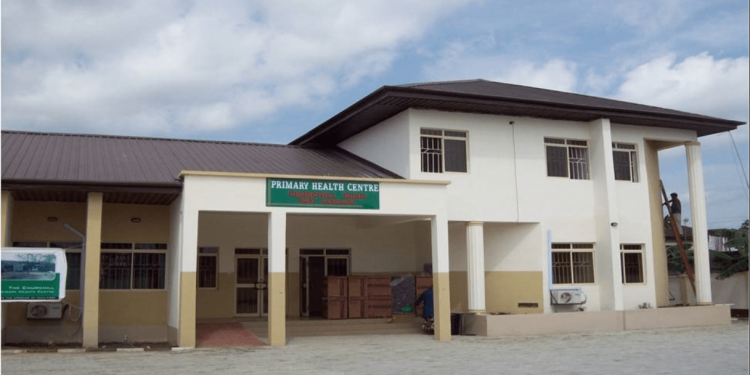
Nigerians adapt to terrible conditions; a quintessential function of man- resilience. But should you also get accustomed to performing surgery under a candle light, for instance? Sounds like a hyperbole? It isn’t. In a shocking revelation, Dataphyte found that over 43 per cent of Primary Healthcare Centres (PHCs) in Nigeria have no power. And for those connected to the grid, supply of electricity is often less than 5 hours per day. As a result, some PHCs resort to alternatives, unsafe substitutes like kerosene lamps and candles.

The price of Premium Motor Spirit has been inconsistent since the start of 2020. To be fair though, it was fairly stable for the first quarter, averaging around ₦145.37 per litre across the country. Reports also show favourable drops in its price along April and June, accounting for ₦130.84 and ₦128.88 per barrel. By July, however, the price had jumped again by over 11 per cent, reporting a national average price of ₦143.63 per barrel.
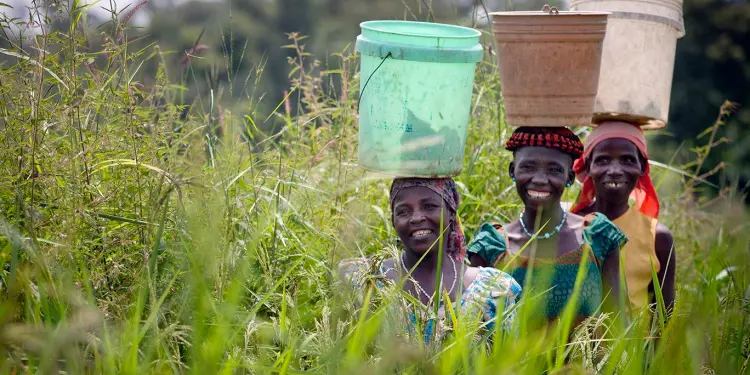
It is no longer news that unemployment in Nigeria was 27.1% for Q2, 2020. This estimate represents a 4% increase from the 23.1% unemployment rate recorded in Q3, 2018. In actual figures, 21.8 million Nigerians had no jobs as at the second quarter of 2020. In contrast, 44.3 per cent of Nigerians had work (fully employed). Underemployment rate was 28.6 per cent. Further, 15.4 per cent worked for less than 20 hours weekly. And per the recently published Labour Force Statistics, 11.7 per cent of our population are “lazy”.
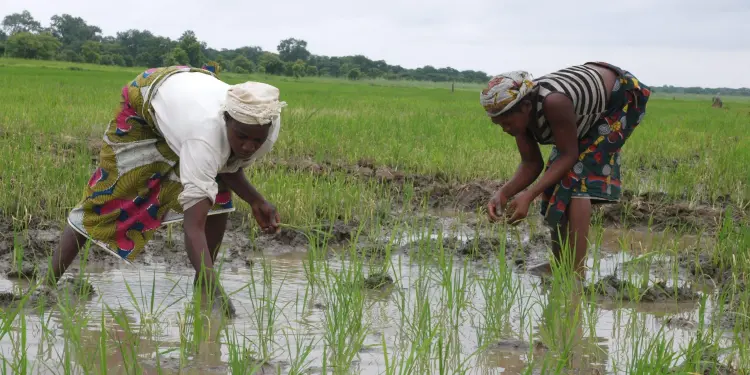
Nigeria’s agriculture contribution to the Gross Domestic Product (GDP) makes it the largest sector in the country. In 2014, the sector achieved a GDP of $113.64 billion. Even with low agriculture yields, conflicts, and armed insurgency, the sector still contributed $78.45 billion to the GDP in 2017. The sector contributes a cumulative of 25 per cent of the GDP and accounts for 48 per cent of the labour force. In the last five years, the sector has maintained a growth rate of 4 per cent.
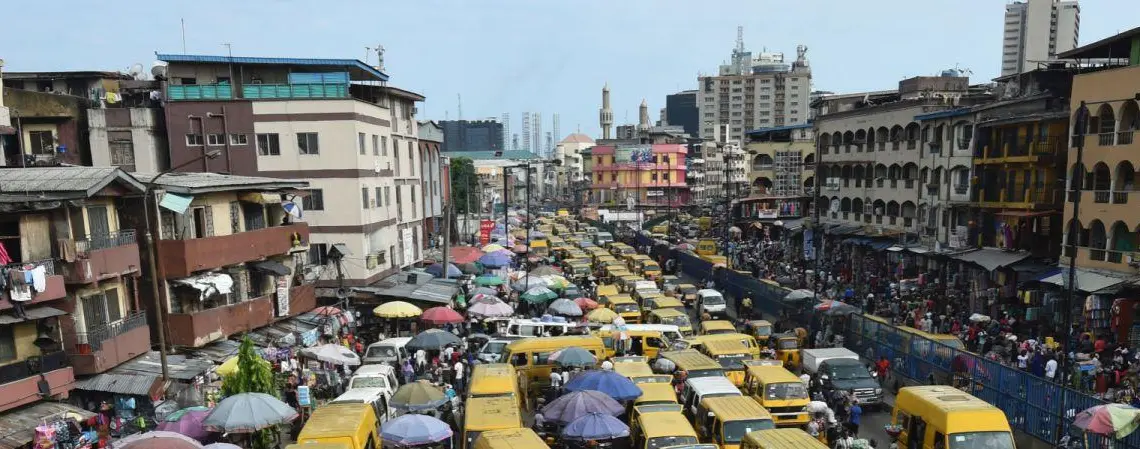
Everything increased in price, salary reduced”, Joy Agnes, a low-income earner in Abuja told us. Following the structured resumption of work after the COVID-19 lockdown, Agnes’ employers had renegotiated her contract. The new arrangement meant that instead of working five days a week, she would only work on three alternate weekdays. And while this new arrangement implied lesser pay, she was excited to still have a job; some of her laid off colleagues did not share the same “luck”. Yet, increased responsibility with less pay amid increasing market prices is not the “Nigerian dream”. Not to mention, the increased cost of transportation; a tall order!

A staggering revelation reveals that only 28% of kids who finished primary education make it to high school. Worse, though, about 3.7 million children don’t even complete elementary education. And of the sample 24.2 million who attain their First leaving Certificate, only 6.8 million further their academics.
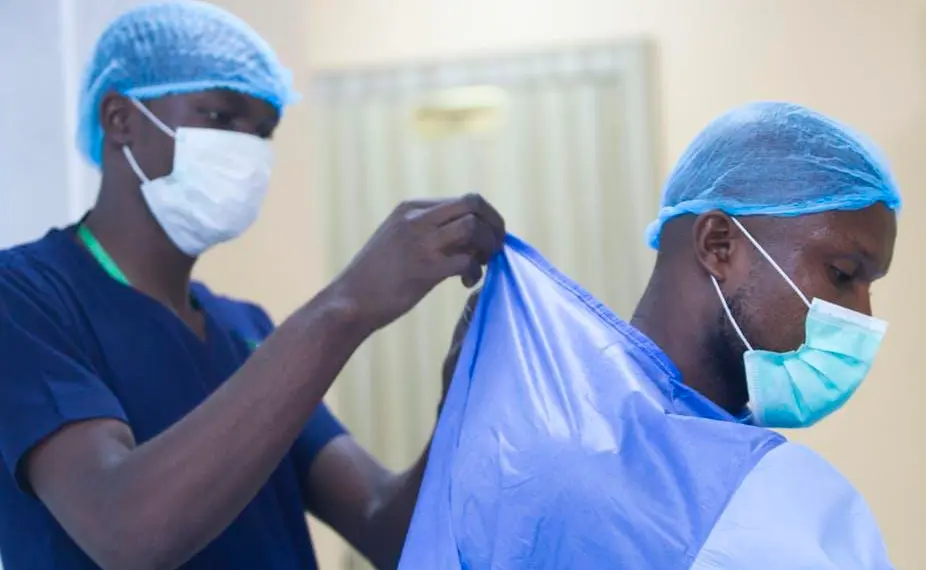
It takes a Nigerian an average of 21.3 minutes to receive a health consultation. According to the 2019 General Household Survey, this commute time is even greater in rural communities with a 22.4-minute estimate. Beyond this time lag, a real discrepancy in the healthcare infrastructure of the Giant of Africa lies.
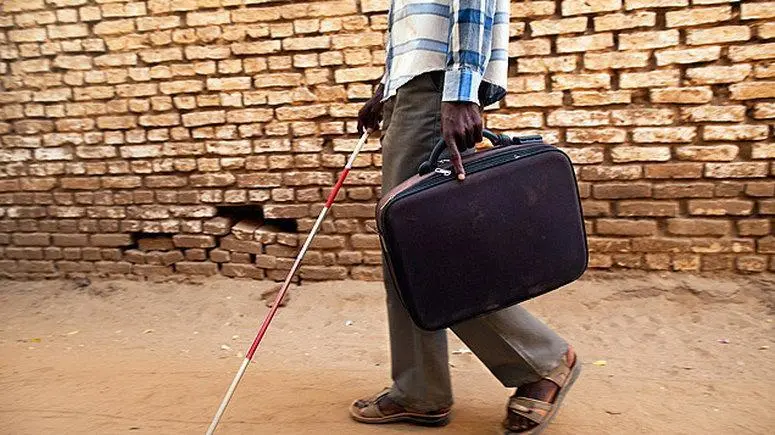
Health is wealth, but a 2018 Demographic and Health Survey report shows that 8.3 per cent of Nigerians are poor in this respect. It further explains the premise to cover basic functional domains, i.e. senses, movement and communication, amongst others.
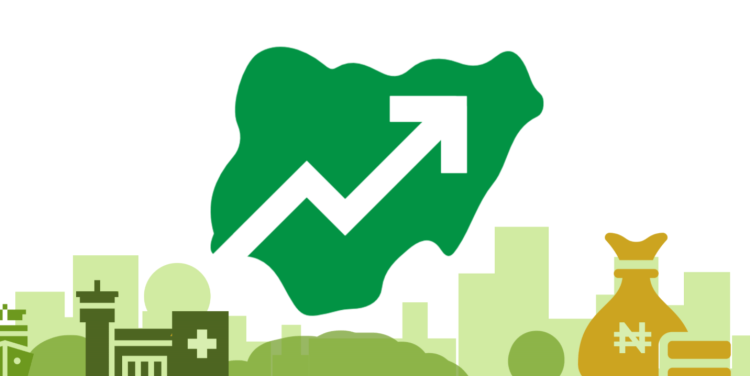
What can the rise in the price of food items and essential commodities tell us? What happens when a global pandemic ravages through a third world country already at the brink of an economic recession? A DATAPHYTE report in June 2020 answers some of these questions.
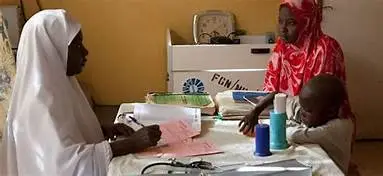
According to the World Health Organization (WHO), key characteristics of good health service delivery include comprehensiveness, accessibility, quality, and inclusive coverage. It should also be people-centred and well-coordinated. Accountability and efficiency are also important in healthcare delivery.

Over-dependence on oil resources has led to a neglect of other natural resources in Nigeria. Even the solid mineral sector, which marches closely behind the oil and gas sector have only enjoyed scant attention. In fact, within Nigeria’s oil and gas industry, there are indications that the gas sector performs below its capacity due to insufficient attention. Most of Nigeria’s gas is flared, an action that is commonly connected to economic waste and environmental degradation.
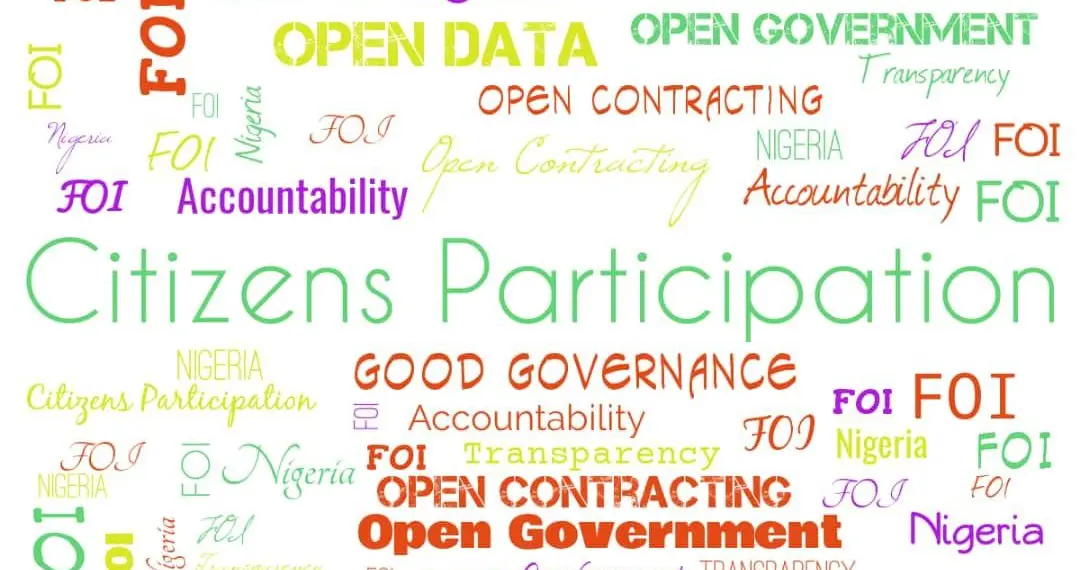
For any Nigerian who is inclined towards development, or anybody who has an interest in national finance and economy, sourcing specific data must have been a challenge at many points. Apart from webpage links that may lead to nowhere, the simplistic nature of many of the websites for government agencies may be frustrating.